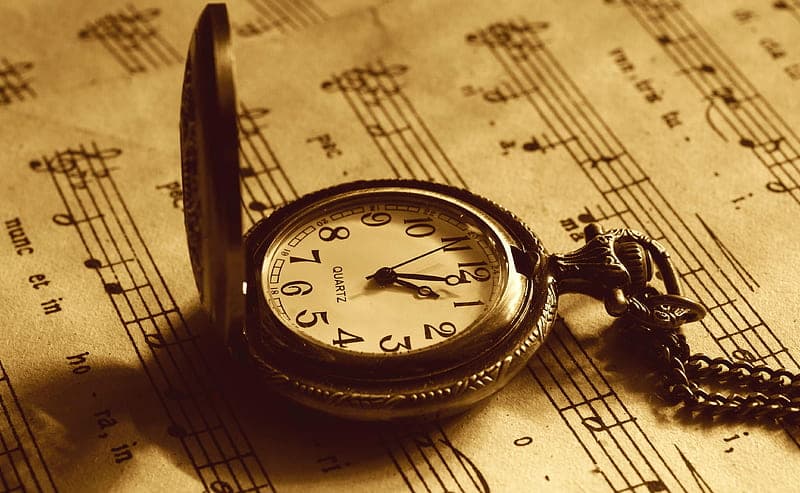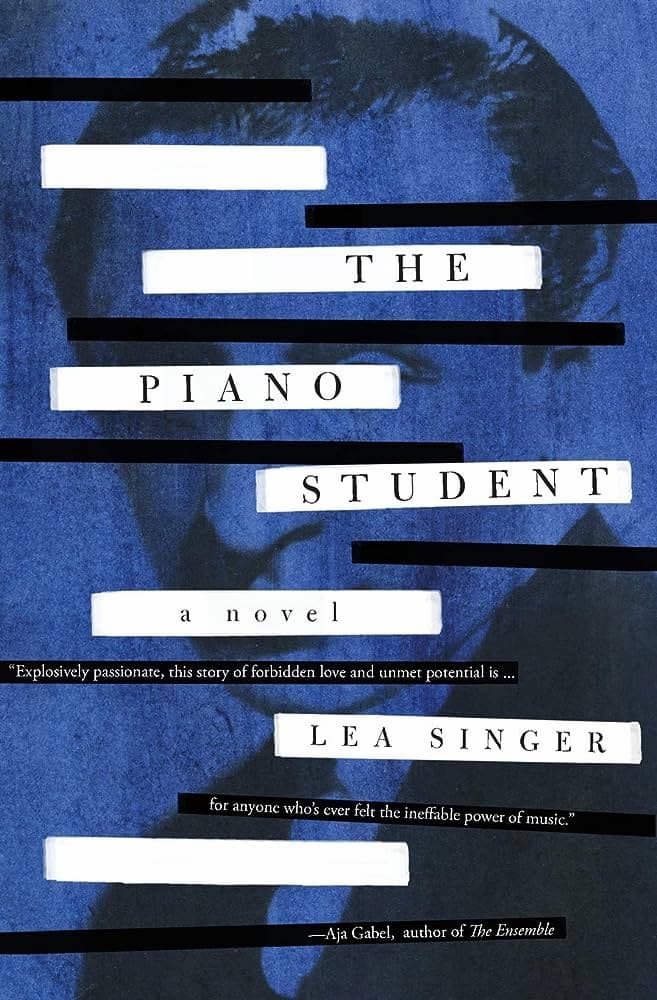 Returning to playing seriously after an absence, whether due to injury or stress, or simply a loss of interest in the instrument, can be tough. Lack of regular practise means fingers and limbs may be less than responsive, sluggish or uncomfortable, and prone to injury. In this case, one should not do too much, nor too quickly, and one should always be alert to physical signals from the body. Never play through pain and take frequent breaks when practising. Stimulating the mind to focus on playing can be harder still. If the mind is weary from stress or anxiety, it is not necessarily receptive to the concentration, and imagination, required to practise or study music, and telling oneself “I really should be practising!” can set up unhelpful feelings of guilt which can create further lack of motivation or discouragement.
Returning to playing seriously after an absence, whether due to injury or stress, or simply a loss of interest in the instrument, can be tough. Lack of regular practise means fingers and limbs may be less than responsive, sluggish or uncomfortable, and prone to injury. In this case, one should not do too much, nor too quickly, and one should always be alert to physical signals from the body. Never play through pain and take frequent breaks when practising. Stimulating the mind to focus on playing can be harder still. If the mind is weary from stress or anxiety, it is not necessarily receptive to the concentration, and imagination, required to practise or study music, and telling oneself “I really should be practising!” can set up unhelpful feelings of guilt which can create further lack of motivation or discouragement.
It’s very easy to regard practising as “work” – often “hard work” – and of course for the professional musician in particular, practising is, by necessity, “work”. But we should never lose sight of the fundamental reason why we choose to play our instrument – for enjoyment, for “play” (and even professional musicians will cite this as the reason why they took up their chosen instrument). Retaining a sense of joy and pleasure in one’s playing can be a crucial force in encouraging positive and productive practising, and when one feels one’s practising is productive, with noticeable progress, one feels motivated to keep going.
Beethoven: Piano Sonata No. 3 in C Major, Op. 2, No. 3 – Allegro con brio
The great joy, and privilege, of being an amateur pianist means that the piano is always there to be played, whenever the impulse strikes, and yet one need not berate oneself for not practising or “working”. My piano, a rather handsome 1913 Bechstein grand with an attractive rosewood case, resides in my living room, which means it is not only the instrument for my work (piano teaching) but also a friendly companion with whom I spend time when the mood strikes. I try to play, to practise, every day, and three days a week I teach. Some days, I dig out repertoire I learnt as a teenager and ramble through Bach’s Inventions or early Beethoven Sonatas. Other times, I practise seriously for several hours a day, enjoying the endorphin rush of the physicality of playing and the satisfying mental effort. Sometimes a piano teacher friend will join me for an afternoon of duets, or a group of pianist friends will gather and play for each other, enjoying the experience of sharing our music with others. Sometimes – often – the will to play is stirred by an external force – a concert or recording, a stimulating article, conversations with friends or colleagues – but ultimately the inspiration must come from within oneself.
Germaine Thyssens Valentin plays Fauré “Dolly” Suite Op. 56
More Blogs
-
 Grigory Sokolov – The Enigmatic Maestro One of the most revered pianists among both pianophiles and professional pianists alike
Grigory Sokolov – The Enigmatic Maestro One of the most revered pianists among both pianophiles and professional pianists alike -
 Composers Who Write Why did classical composers often endorse the role of music critics?
Composers Who Write Why did classical composers often endorse the role of music critics? -
 15 Pieces of Classical Music About Time Look at centuries of classical music about time
15 Pieces of Classical Music About Time Look at centuries of classical music about time -
 Sixteen Great Books About Classical Music Need some reading material? Here are some great books
Sixteen Great Books About Classical Music Need some reading material? Here are some great books




